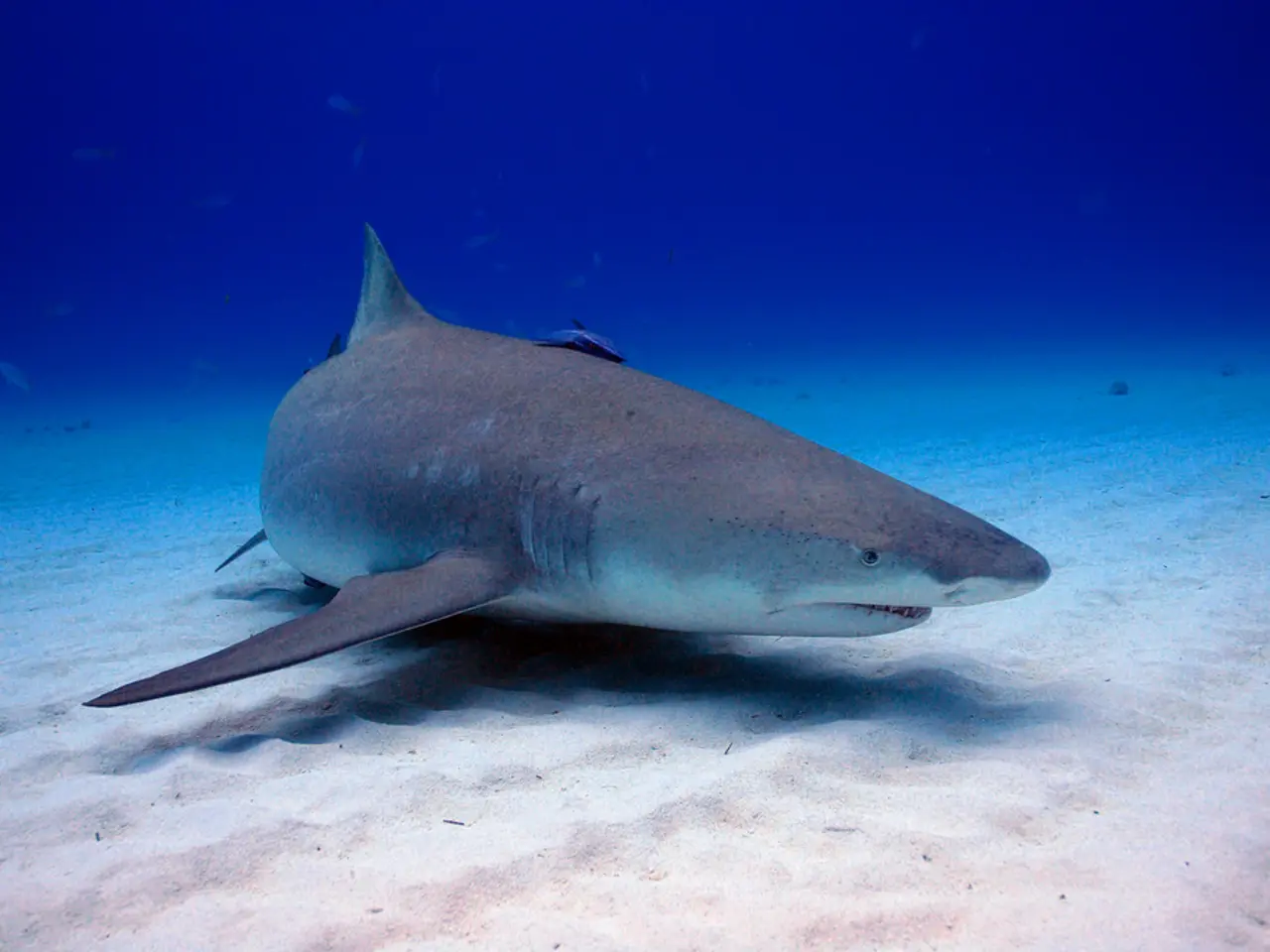Whales and dolphins engage in mutual interactions - an activity that brings delight to those who witness it.
In a groundbreaking study published in Discover Animals, researchers have found that dolphin-whale interactions often involve mutual play, though some can be one-sided. The study, which analysed 199 instances of baleen whales and dolphins interacting, involved 19 different species, with humpback whales making up the majority (68%) of the video recordings.
The study, conducted by examining hundreds of photographs and video clips, including those from social media, revealed that play between dolphins and whales is mostly mutual, though not exclusively so. About a quarter of observed interactions were clearly mutual, with whales often responding positively to dolphins' behaviors rather than showing avoidance or aggression.
For instance, humpback whales exhibited friendly behaviors such as moving their pectoral fins toward dolphins, rolling, and belly presentations, which are associated with socializing and courtship. Dolphins frequently engaged in bow riding near whales, and close physical interactions including possible touching were observed, indicating cooperative and reciprocal play.
However, the study also acknowledged that some interactions can be one-sided, where only one party perceives the interaction as playful, such as dolphins teasing or harassing whales during feeding events. Despite this, the whales do not seem to be harmed or annoyed significantly, and aggressive signals like tail slaps from whales were rare, making up only 5% of interactions.
The behaviors of both whales and dolphins were classified into different behavior types. Whale behaviors were classified as rolling, head, and tail movements, while dolphin behaviors were classified as bow riding, belly rolls, and breaching. Two of these interactions were recorded using animal-borne videos, from humpback whales in Australia.
The least aggressive responses were observed for humpback whales. For humpback whales, around a third of their interactions with dolphins are considered positive. The researchers identified the species involved in each interaction and where the behaviors took place in relation to the body of the whale.
Gray whales and fin whales were also among the species observed in the interactions. For dolphins, 13 different species were identified, with bottlenose dolphins being the majority, followed by common dolphins and Pacific white-sided dolphins.
Co-author of the study, Olivia Crawley, stated that observing these interactions was intriguing. "It's fascinating to see these large, majestic creatures engaging in play with each other," she said. "It adds a whole new dimension to our understanding of their social behaviour."
The study on marine mammal interactions provides valuable insights into the complex social dynamics between these species, suggesting that they are capable of cooperative and reciprocal play, as well as one-sided interactions such as teasing or harassment. This research could potentially inform conservation efforts and our understanding of these incredible creatures.
- The study in Discover Animals reveals that play between dolphins and whales is mostly mutual, with humpback whales often responding positively to dolphins' behaviors, suggesting cooperative and reciprocal play.
- The study on marine mammal interactions, which examines 19 different species, offers insights into the complex social dynamics between these species, including play types such as rolling, head, and tail movements for whales, and bow riding, belly rolls, and breaching for dolphins.
- Beyond mutual play, the research acknowledges that some interactions can be one-sided, such as dolphins teasing or harassing whales during feeding events, although whales do not seem to be harmed or annoyed significantly.
- Researchers suggest that observing these interactions, like the friendly behaviors exhibited by humpback whales such as moving their pectoral fins toward dolphins and belly presentations, adds a whole new dimension to our understanding of their social behavior, potentially informing conservation efforts and our understanding of these incredible creatures.




